Curious questions: Are you really never more than six feet away from a rat?
It's an oft-repeated truisim about rats, but is there any truth in it? Martin Fone, author of 'Fifty Curious Questions', investigates.
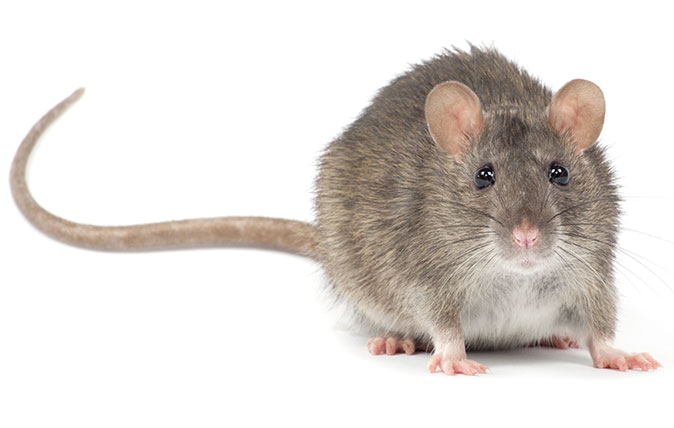

Having spent most of my working life in the city of London, I can well believe it, but if we are talking about Rattus norvegicus, I have never been convinced. I can count the number of times I have seen a real live rat on my fingers and toes and perhaps have one or two left over.
What I do know is that they are no respecter of surroundings. I have seen one in a so-called luxury hotel, scuttling across the bar area, to the consternation of some and the amusement of the other guests. I’ve seen others, as you might expect, rummaging around rubbish piles. Normally, they are shy creatures and go out of their way to avoid humans.
It is difficult to know how this canard has come about. One finger of suspicion has been pointed at W R Boetler, who, in his 1909 blockbuster, The Rat Problem, tried to establish whether it was reasonable to suppose that there was one rat for every acre of cultivated land in the UK. He was reduced to making an educated guess. As there were forty million acres of farmland at the time and a UK population of forty million, the conclusion that there was one rat for every one of us was too tempting to resist.
Let’s look at the problem another way. If we assume that a rat has a circular area to itself, then in order for it to never be more than six feet away from where we happen to be, the circular area it will occupy will be some 11.49 square metres. The UK occupies some 245 billion square metres, so for rats to be evenly distributed in their 11.49 square metre areas, there would have to be some 21.3 billion of them. This seems highly unlikely.

Fortunately, Dr Dave Cowan of the Food and Environment Research Agency can provide us with some assistance. The first thing is to know something about rats. The particular nugget of wisdom that helps is that they are completely commensal here in Blighty. In other words, they have a symbiotic relationship with humans.
There are four places where rats may be found: in and around our houses, in commercial premises, down sewers, and on agricultural premises. We can now do the maths.
It is rare for rats to live in our houses – around 0.5 per cent are infested – but they are more common outside in gardens, compost heaps, and outbuildings. Even so, only three per cent of premises have a problem with rats, and where they are, there are relatively few of them.
Exquisite houses, the beauty of Nature, and how to get the most from your life, straight to your inbox.
Cowan calculated the number of domestic rats at around 1.5 million. Five per cent of the 1.8 million commercial premises have rats in residence, a measly total of around 200,000. There are around 16 thousand square kilometres of sewers in the UK, of which around 5 per cent have rats. In the 1950s, a survey was conducted into the number of rats in sewers, and a figure of 2,000 per square kilometre was arrived at.
This means that there are some 1.6 million down the sewers, making a total of around 3 to 3.5 million in urban environments.
If we move to the country, the picture is somewhat different. Around 40 per cent of the 200,000 agricultural premises in the UK have rats, and on average there are 90 rats on a farm. Multiplying it all gives us some 7 million rural rats and some 10.5 million rats overall.
The UK has around 16,000 square kilometres of urban space. So if all the urban rats were distributed evenly, each one would have 5,000 square metres to roam around.
The upshot of all this? If you were standing in any one spot in an urban environment, at worst you would be some 50 metres away from a rat.
Martin Fone is author of 'Fifty Curious Questions', from which this piece is an excerpt – find out more about his book or you can order a copy via Amazon.
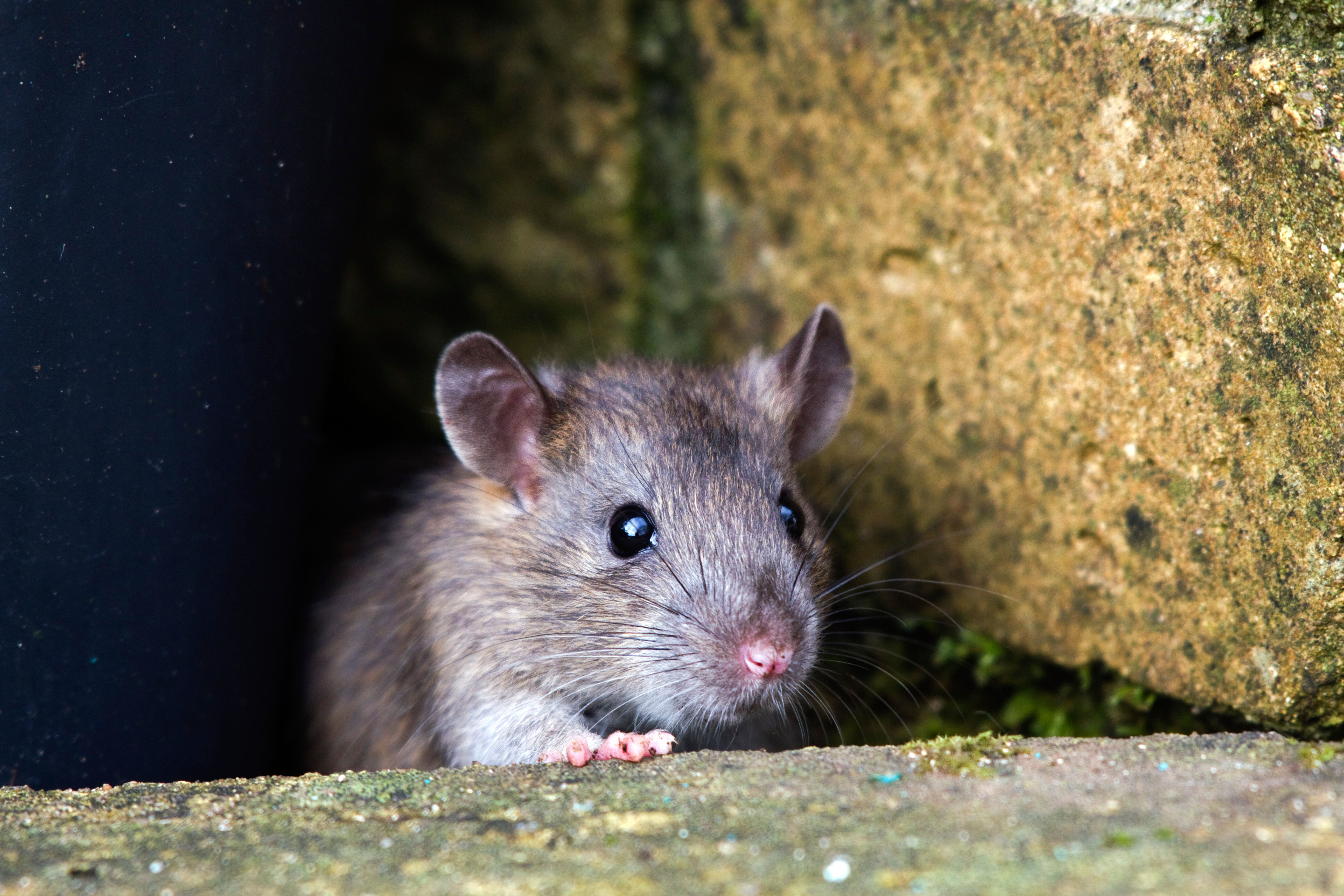
How to get rid of rats
Getting rid of rats isn't easy: they're a notoriously destructive and stubborn breed, and require patience and determination to eradicate.
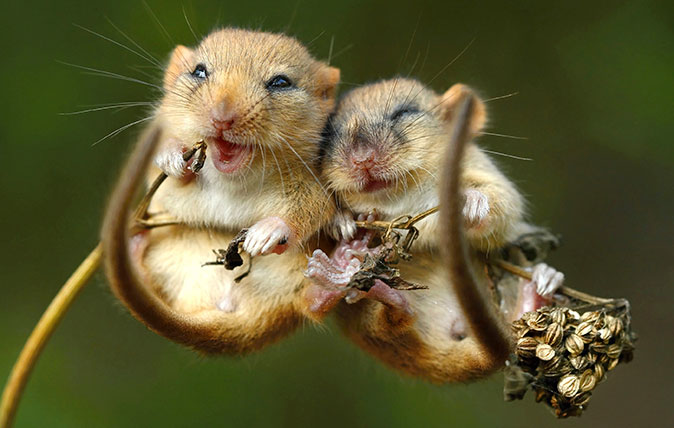
Credit: Caters
Dormice: Britain’s sleepiest, and most charming little creatures
David Profumo takes a look at the lovely little dormouse – a delightful little creature which spends 75 per cent

The worst garden pests of all? The ones you invite in with open arms
A couple of weeks ago, Alan Titchmarsh wrote a lovely piece for Country Life about how to get children and
After graduating in Classics from Trinity College Cambridge and a 38 year career in the financial services sector in the City of London, Martin Fone started blogging and writing on a freelance basis as he slipped into retirement. He has developed a fearless passion for investigating the quirks and oddities of life and discovering the answers to questions most of us never even think to ask. A voracious reader, a keen but distinctly amateur gardener, and a gin enthusiast, Martin lives with his wife in Surrey. He has written five books, the latest of which is More Curious Questions.
-
 How do you make a 300-year-old Baronial castle fit for modern-day living?
How do you make a 300-year-old Baronial castle fit for modern-day living?A mix of sympathetic colours and elegant furniture has brought new life to this impressive space at Aldourie Castle.
-
 Look around this James Bond-themed house for sale in Nottinghamshire and release your inner MI6 agent
Look around this James Bond-themed house for sale in Nottinghamshire and release your inner MI6 agentNow, come, come dear reader, you get as much fulfilment out of Skyfall as I do, so why don't you admit it?
-
 Curious Questions: Will the real Welsh daffodil please stand up
Curious Questions: Will the real Welsh daffodil please stand upFor generations, patriotic Welshmen and women have pinned a daffodil to their lapels to celebrate St David’s Day, says David Jones, but most are unaware that there is a separate species unique to the country.
-
 Nobody has ever been able to figure out just how long Britain's coastline is. Here's why.
Nobody has ever been able to figure out just how long Britain's coastline is. Here's why.Welcome to the Coastline Paradox, where trying to find an accurate answer is more of a hindrance than a help.
-
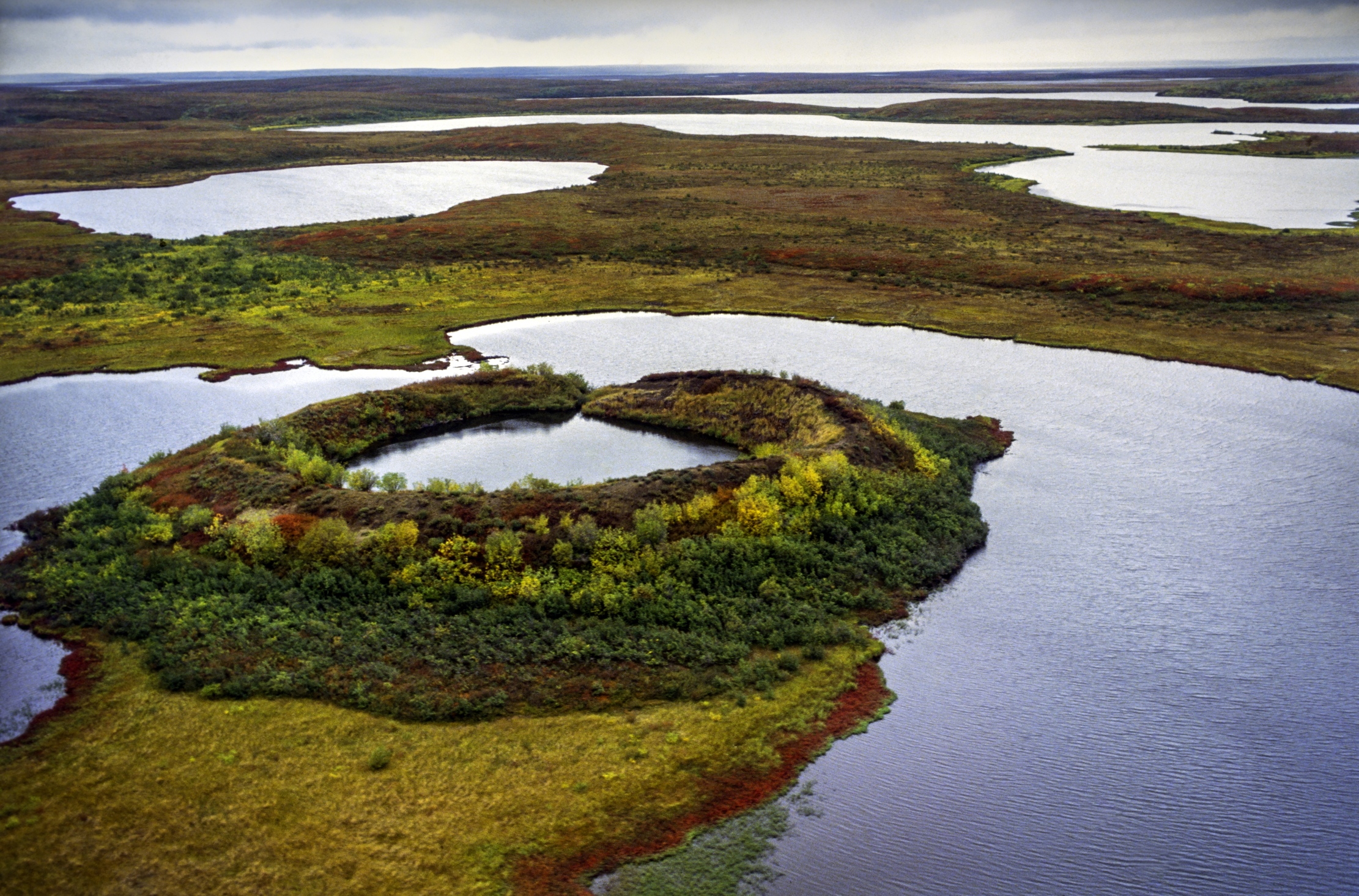 Curious questions: how an underground pond from the last Ice Age almost stopped the Blackwall Tunnel from being built
Curious questions: how an underground pond from the last Ice Age almost stopped the Blackwall Tunnel from being builtYou might think a pond is just a pond. You would be incorrect. Martin Fone tells us the fascinating story of pingo and dew ponds.
-
 Curious Questions: What's in a (scientific) name? From Parastratiosphecomyia stratiosphecomyioides to Myxococcus llanfair pwll gwyn gyll go gery chwyrn drobwll llan tysilio gogo goch ensis, and everything in between
Curious Questions: What's in a (scientific) name? From Parastratiosphecomyia stratiosphecomyioides to Myxococcus llanfair pwll gwyn gyll go gery chwyrn drobwll llan tysilio gogo goch ensis, and everything in betweenScientific names are baffling to the layman, but carry all sorts of meanings to those who coin each new term. Martin Fone explains.
-
 Curious Questions: How did a scrotum joke confuse paleontologists for generations?
Curious Questions: How did a scrotum joke confuse paleontologists for generations?One of the earliest depictions of a fossil prompted a joke — or perhaps a misunderstanding — which coloured the view of dinosaur fossils for years. Martin Fone tells the tale of 'scrotum humanum'.
-
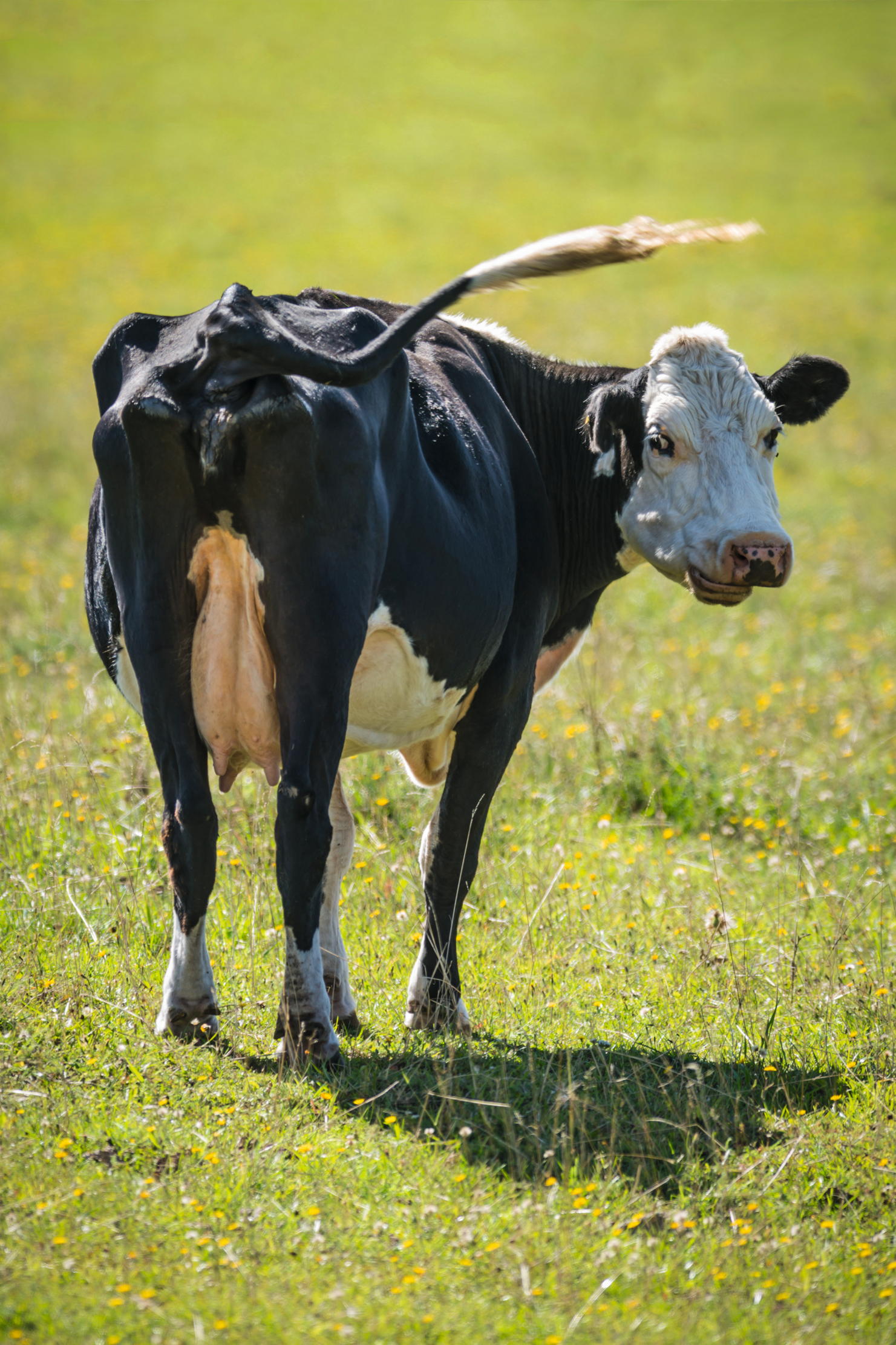 Curious Questions: Why do so many animals have bright white bottoms?
Curious Questions: Why do so many animals have bright white bottoms?Why do so many animals have such obviously flashy appendages, asks Laura Parker, as she examines scuts, rumps and rears.
-
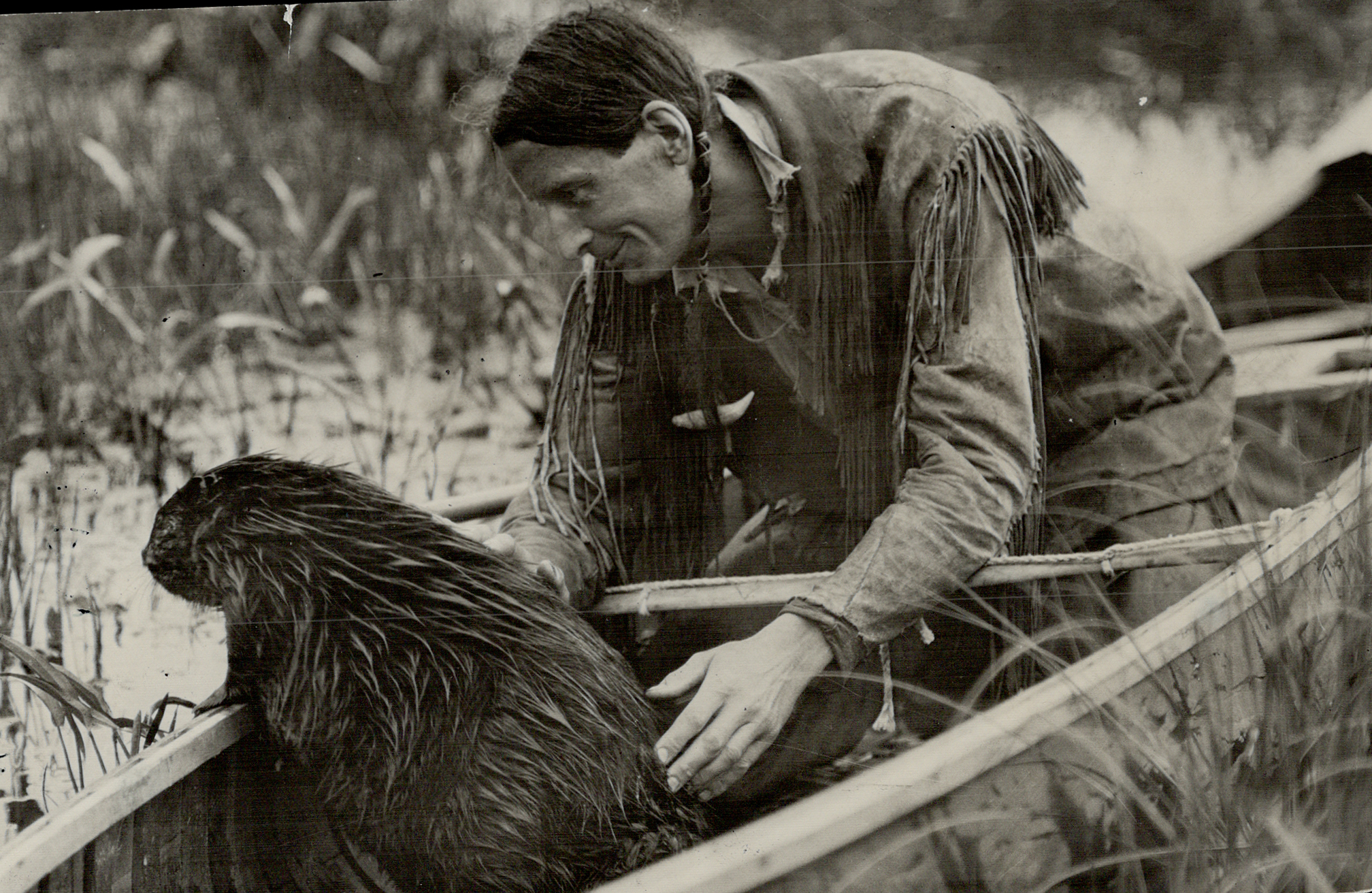 The 1930s eco-warrior who inspired David Attenborough and The Queen, only to be unmasked as a hoaxer and 'pretendian' — but his message still rings true
The 1930s eco-warrior who inspired David Attenborough and The Queen, only to be unmasked as a hoaxer and 'pretendian' — but his message still rings trueMartin Fone tells the astonishing story of Grey Owl, who became a household name in the 1930s with his pioneering calls to action to save the environment — using a false identity to do so.
-
 Curious Questions: Why do all of Britain's dolphins and whales belong to the King?
Curious Questions: Why do all of Britain's dolphins and whales belong to the King?More species of whale, dolphin and porpoise can be spotted in the UK than anywhere else in northern Europe and all of them, technically, belong to the Monarch. Ben Lerwill takes a look at one of our more obscure laws and why the animals have such an important role to play in the fight against climate change.
